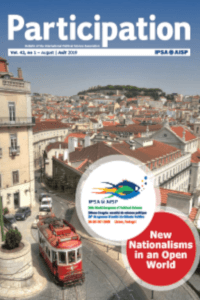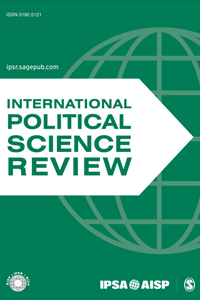One of the key methods used to understand policy process consist firstly to identify a configuration of policymakers coming from multiples organizations who have an influence on the governmental decision. Whether is called “iron triangle”, “Subgovernment”, “Policy Subsystem”, “Policy network”, “Policy Community”, “Policy Stream”, “whirpool” this configuration is generally considered as “the primary unit of analysis for understanding policy process” (Sabatier et Weible 2007, 189), more or less autonomous and also part of a fragmented Political System (Freeman et Stevens 1987). These concepts allow the researcher to focus on a “cluster of individuals that effectively make most of the routine of the decisions in a given substantive area of policy” (Ripley et Franklin 1980, 8). As suggested Charles Jones, “The precise label is not important (…) what is important is the frequent observation that the politics of making policy is characterized by cross-institutional communication within specific policy or issue area” (Jones, 1982) . If these concepts are heuristics to develop most of the main classical positivist theories of the policy process, they met a lot of critiques about their limits, their frame and the bias they provokes, even from authors who had used it and who considered how it is “increasingly insufficient” to understand the complexity of the policy processes (McGee et Jones 2019) and more precisely the fragmentation of the bureaucracy, between the department, the offices but also the conflictual dimension associated to this fragmentation, between ministries, departments, offices. The goal of this panel is to interrogate the relevant level of the fragmentation of the policy field.
Public Policy and the Fragmentation of the Bureaucracy
Panel Code
RC32.07
Type
Open Panel
Language
English
Chair
Description
Onsite Presentation Language
Same as proposal language
Panel ID
PL-6504
Schedule
Room











